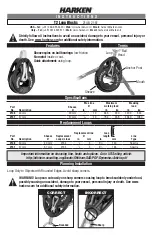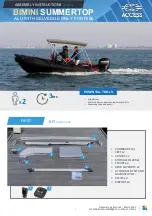
Patient Monitor User Manual Monitoring RESP
- 116 -
WARNING
9
When ECG electrode is placed on patient’s limb, the impedance respiration may be
unreliable.
10
Respiration measurement cannot be performed when ESU is used.
11
RESP Apnea alarm is based on inadequate thoracic impedance change.
12
RESP Apnea alarm should not be used or relied upon while the patient is unattended.
NOTE:
The RESP monitoring is not recommended to be used on patients who are very active, as
this can cause false alarms.
10.3 Electrode Placement for Monitoring RESP
Correct patient skin preparation techniques for electrode placement are important for RESP
measurement: you will find this information in the chapter on ECG.
The RESP signal is always measured between two of the ECG electrodes. There are two standard
ECG leads for selection: I lead (RA and LA) and II lead (RA and LL).
Electrodes Placement for 5 Electrodes
10.4 Cardiac Overlay
Cardiac activity that affects the RESP waveform is called cardiac overlay. It happens when the
RESP electrodes pick up impedance changes caused by the rhythmic blood flow. Correct
electrode placement can help to reduce cardiac overlay: avoid the liver area and the ventricles of
the heart in the line between the respiratory electrodes. This is particularly important for
neonates.
10.5 Chest Expansion
Some patients, especially neonates, expand their chests laterally. In these cases it is best to place
















































